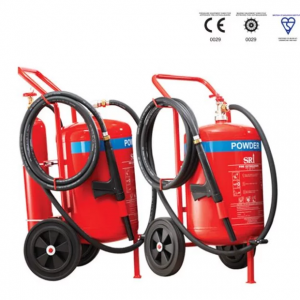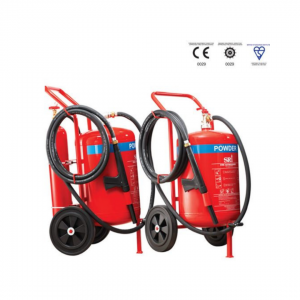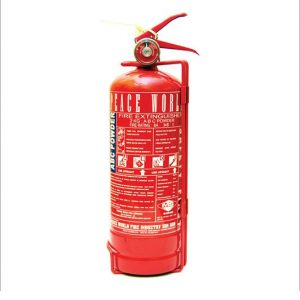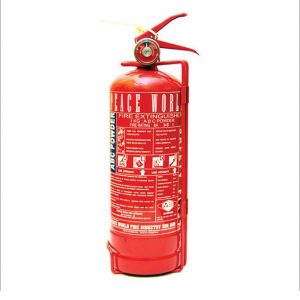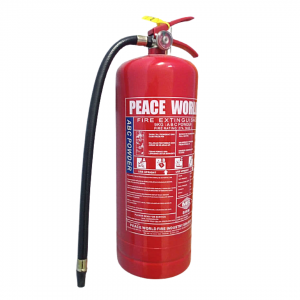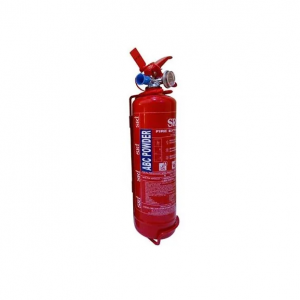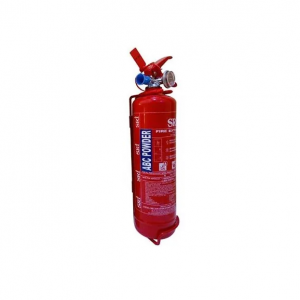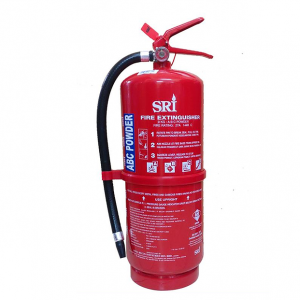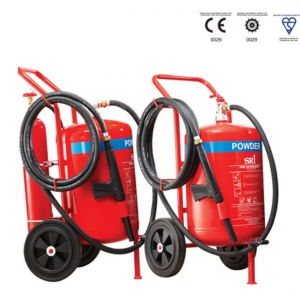Data Center Fire Protection Design: Ensuring Safety and Reliability
Ensuring the safety and reliability of these facilities is paramount, especially when it comes to fire protection. Explore the essential aspects of data center fire protection design, highlighting key strategies, technologies, and best practices to safeguard your data center against fire hazards.
Why Fire Protection in Data Centers is Crucial
- Protects Critical Data:
- Data centers house sensitive and irreplaceable information. Effective fire protection measures are essential to prevent data loss and ensure business continuity.
- Minimizes Downtime:
- Fires can lead to significant downtime, disrupting services and operations. Proper fire protection design minimizes the risk of prolonged outages.
- Ensures Compliance:
- Adhering to fire safety regulations and standards is mandatory. Implementing robust fire protection systems ensures compliance and avoids legal repercussions.
- Protects Equipment and Investment:
- Data centers are equipped with expensive and sensitive hardware. Fire protection systems safeguard these assets from fire damage, protecting your investment.
Key Components of Data Center Fire Protection Design
- Fire Detection Systems:
- Early Warning Smoke Detection:
- Advanced smoke detection systems, such as Very Early Smoke Detection Apparatus (VESDA), provide early warning of potential fires, allowing for prompt action.
- Heat Sensors:
- Heat sensors detect abnormal temperature rises, indicating a potential fire hazard. These sensors are crucial in identifying fires in their incipient stages.
- Early Warning Smoke Detection:
- Fire Suppression Systems:
- Gas-Based Suppression:
- Clean agent systems, such as FM-200 and Novec 1230, use gas to suppress fires without damaging sensitive electronic equipment. These systems are ideal for data centers as they leave no residue and require minimal cleanup.
- Water Mist Systems:
- Water mist systems use fine water droplets to cool and suppress fires efficiently. They provide effective fire suppression with minimal water usage, reducing the risk of water damage to equipment.
- Pre-Action Sprinkler Systems:
- Pre-action systems require two triggers (e.g., heat and smoke) before water is released, reducing the risk of accidental discharge. These systems offer additional protection against false alarms and accidental water damage.
- Gas-Based Suppression:
- Fire Containment and Compartmentalization:
- Fire-Resistant Materials:
- Use fire-resistant building materials and barriers to compartmentalize the data center, preventing the spread of fire.
- Fire-Rated Doors and Walls:
- Install fire-rated doors and walls to contain fires within specific areas, limiting damage and providing safe evacuation routes.
- Fire-Resistant Materials:
- Emergency Power Shutdown (EPS):
- Implementing EPS systems allows for the safe shutdown of electrical equipment in the event of a fire, reducing the risk of electrical fires and ensuring the safety of first responders.
- Regular Maintenance and Testing:
- Routine Inspections:
- Conduct regular inspections and maintenance of fire protection systems to ensure they function correctly.
- Testing and Drills:
- Regularly test fire detection and suppression systems and conduct fire drills to ensure staff are prepared and know how to respond in an emergency.
- Routine Inspections:
Best Practices for Data Center Fire Protection
- Comprehensive Risk Assessment:
- Perform a thorough risk assessment to identify potential fire hazards and vulnerabilities within the data center.
- Redundant Systems:
- Implement redundant fire protection systems to ensure continuous protection even if one system fails.
- Integration with Building Management Systems (BMS):
- Integrate fire protection systems with BMS for centralized monitoring and control, enabling quick response and coordination during emergencies.
- Training and Awareness:
- Provide regular training to staff on fire safety protocols and the proper use of fire protection equipment.
- Compliance with Standards:
- Adhere to industry standards and regulations, such as NFPA 75 and NFPA 76, which provide guidelines for fire protection in data centers.
Effective data center fire protection design is crucial for safeguarding critical information, ensuring business continuity, and protecting valuable assets. By implementing advanced fire detection and suppression systems, compartmentalization strategies, and adhering to best practices, you can create a robust fire protection plan that minimizes risks and enhances the safety and reliability of your data center. Prioritize fire protection as an integral part of your data center management strategy to secure your facility against fire hazards and ensure uninterrupted operations.
At AITO FIREWORK, your safety is our top priority. We specialize in comprehensive fire protection, fire safety solutions, and professional fire protection installation services tailored to meet your needs. Don’t wait until it’s too late – safeguard your property and loved ones today.
Call us now at +603-7831 4791 or click here to schedule your free consultation. Your safety is our mission – let’s achieve it together.



